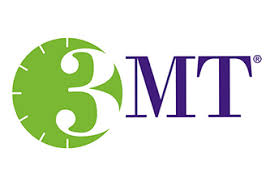Perioperative anaphylaxis: Management and risk reduction strategies in 2024
DOI:
https://doi.org/10.26550/2209-1092.1356Keywords:
perioperative anaphylaxis, trigger agents, grades of anaphylaxis, crisis management, anaphylaxis box, risk reduction strategies, pholcodine, chlorhexidineAbstract
The Australian and New Zealand College of Anaesthetists (ANZCA) reports anaphylaxis is the most common cause of death associated with anaesthesia in Australia, and the incidence is rising. Anaphylaxis is a life-threatening event that without early recognition and prompt crisis management results in morbidity and mortality. Trigger agents for anaphylaxis in the Australian perioperative environment are commonly neuromuscular blocking agents, antibiotics and chlorhexidine. Many cases of mild to life threatening anaphylaxis (grades 1–3) in Australia are under-reported.
The Australian Perioperative Anaphylaxis guidelines have recently been
updated to optimise management of patients experiencing anaphylaxis
during anaesthesia. The Australian Therapeutic Goods Administration (TGA)
also launched an initiative in March 2023 to reduce perioperative anaphylaxis,
withdrawing 44 products containing pholcodine due to its association with
anaphylactic reactions during general anaesthesia.
Downloads
Published
How to Cite
Issue
Section
License
Copyright (c) 2024 Australian College of Perioperative Nurses

This work is licensed under a Creative Commons Attribution 4.0 International License.


